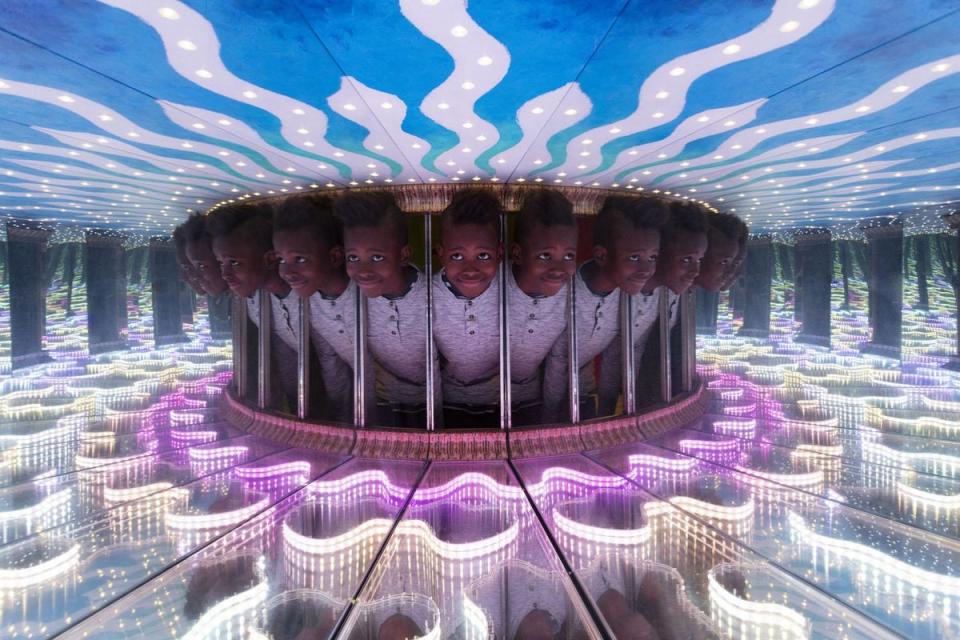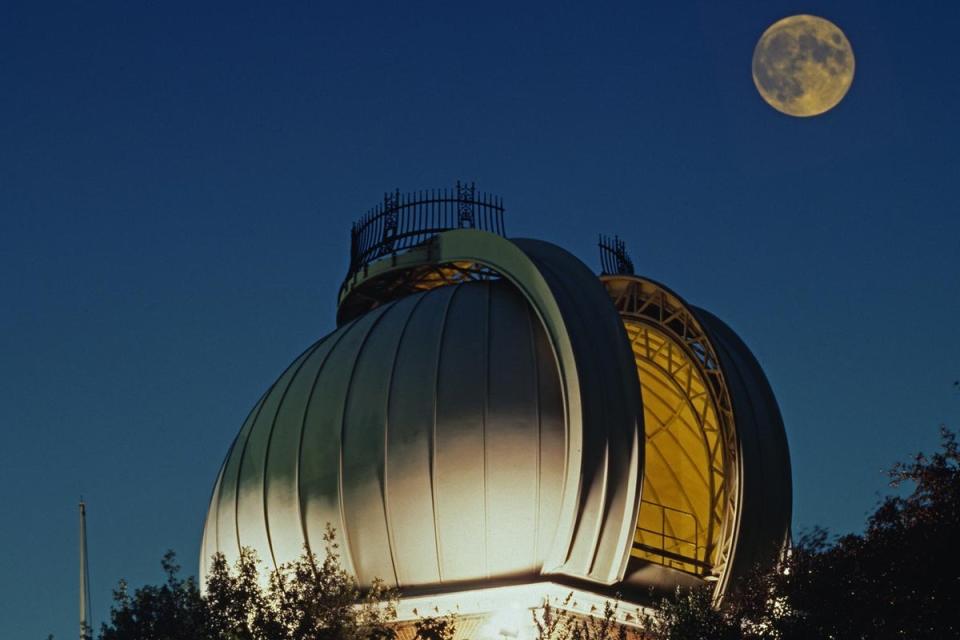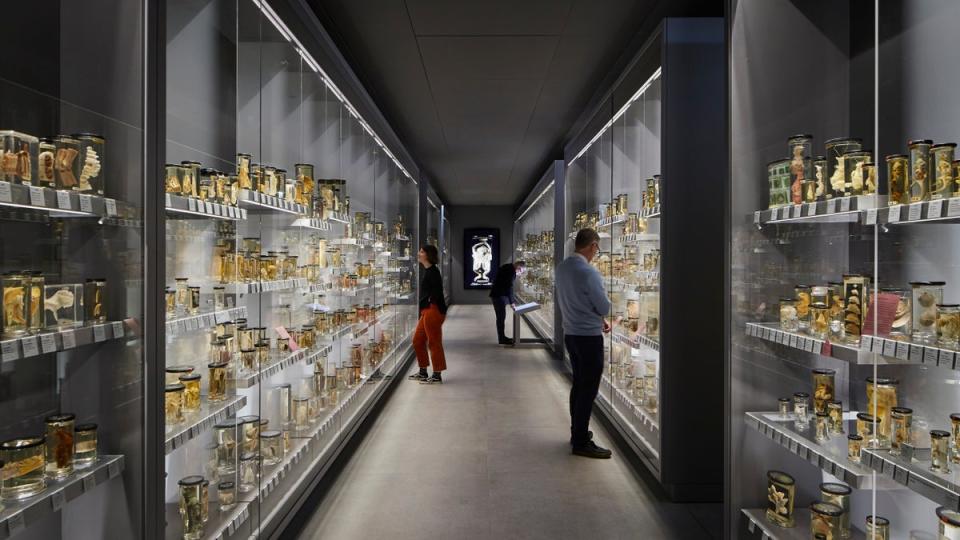Let’s get one thing straight: science is cool. Very cool.
If you’ve been pining for a petri dish or a Bunsen burner since your last GCSE lesson, then you really need to check out London’s world-famous collection of science museums.
From dinosaur exhibitions to galleries full of gruesome treats, these are the museums every science fan in London needs to visit.
Science Museum

Let’s start with the obvious: if you’re a science buff and you’ve never been to the Science Museum, you’re doing London completely wrong. This South Kensington-based venue is one of the capital’s largest museums, attracting millions of visitors a year. Inside, you’ll find mind-boggling attractions ranging from the real Apollo 10 capsule to Stephenson’s Rocket, with tons of interactive exhibits in the kids’ Wonderlab and stunning science documentaries screened on-screen in the on-site IMAX cinema.
sciencemuseum.org.uk
Natural History Museum


Geologists, zoologists, biologists and more: if you want to understand how the natural world works, the legendary Natural History Museum should be your first stop. Step beneath the 82-foot-long blue whale skeleton hanging from the ceiling of Hintze Hall (her name is Hope) and travel back in time through billions of years of Earth’s environment and inhabitants, encountering everything from a 147-year-old fossilized bird to one of Charles Darwin’s pigeons. If you can’t bring yourself to leave, you can even stay overnight at one of the museum’s DinoSnores sleepovers (tickets go on sale here Monday, August 12).
nhm.ac.uk
Royal Observatory


We may be in London, but some of us are looking up at the stars – especially those of us who regularly visit the Royal Observatory in Greenwich. In and around Sir Christopher Wren’s original building, you can explore the rest of the gallery up close with interactive exhibitions, talks and astronomy courses. Take a tour of the cosmos at a Planetarium show and leap through space and time as you stand on the Greenwich Meridian Line, around which all time zones revolve.
rmg.co.uk
Welcome collection


The Wellcome Collection is less concerned with the actual stuff of science and more with how science and medicine interact with our everyday lives. Questions about how we think about our health, and how that has changed since the museum’s founder, Henry Wellcome, was born 150 years ago, are explored through both artefacts and artworks in this laterally thinking museum.
welcomecollection.org
Horniman Museum


Frederick John Horniman was a collector at heart, but with his eclectic collection of natural history specimens, anthropological artefacts and, er, musical instruments now on display, we’ll give him that. Among the natural history galleries are a wealth of stuffed animals – including a hilariously overstuffed walrus – alongside live exhibits in the form of the inhabitants of an aquarium and a butterfly house.
horniman.ac.uk
The Old Operating Room Museum


Appealing to everyone from fully qualified doctors to avid Holby City watchers, this museum is a reminder of how surgery used to be a lot more gruesome. The oldest surviving operating theatre in Europe is in Southwark, dating back over 300 years. Today, you can tour the theatre, which has been left exactly as it was when it was used in a time before anaesthetics (ouch), before antiseptics (yuck) and definitely before antibiotics (yuck).
oudoperatingtheatre.com
The Faraday Museum at The Royal Institution


The Royal Institution has been bringing the public and scientists together since 1799, and it looks set to continue for some time to come. At The Institution’s museum, you can explore scientist Michael Faraday’s 1850s magnetic laboratory, get elemental with an interactive periodic table, and meet some of the characters who have visited The Royal Institution throughout its history, including 14 Nobel Prize winners.
rigb.org
Science Gallery


The Science Gallery at King’s College London is a dedicated space for contemporary art that explores scientific questions. The first exhibition was about addiction, while previous shows have explored AI, dark matter, blood, food and bodily orifices. Think of it as seeing science through the eyes of an artist.
london.sciencegallery.com
Grant Museum of Zoology


University College London’s own museum reopened in February after a £300,000 refurbishment, with new exhibits on biodiversity and conservation. The 68,000 specimens here aren’t always plump and airy, but often sliced and dilated – you’ll find galleries full of animal brains and heads cut in half. Nice.
Brunel Museum
It’s time to get physical with this museum dedicated to the Industrial Revolution’s greatest engineer-scientist, Isambard Kingdom Brunel. The museum is actually housed inside one of Brunel’s extraordinary creations: the Thames Tunnel, the oldest tunnel in the world that runs under a river. Discover how the tunnel was built and explore the room where Brunel nearly drowned while trying to build it.
thebrunelmuseum.com
Hunterian Museum


Not for the faint-hearted: the Hunterian Museum reopened in May 2023 after a six-year hiatus and a £4.6m redevelopment. A museum of anatomical specimens, housed, appropriately enough, in the Royal College of Surgeons of England building, expect body parts, bones and organs in glass jars and cabinets. “There are skulls, lips, teeth, tongues, throats, stomachs, intestines, testicles, penises and ovaries in various states of health,” The Standard reported. “That’s just the human bits.”
The major overhaul of the museum, named after the 18th-century surgeon and anatomist, includes some much-needed contextualization. While visitors gaze at ethanol-floating growths and syphilis-infected skulls, they will now be given an explanation of Hunter’s not always ethical methods and some of his ideas that would be unacceptable today.
hunterianmuseum.org